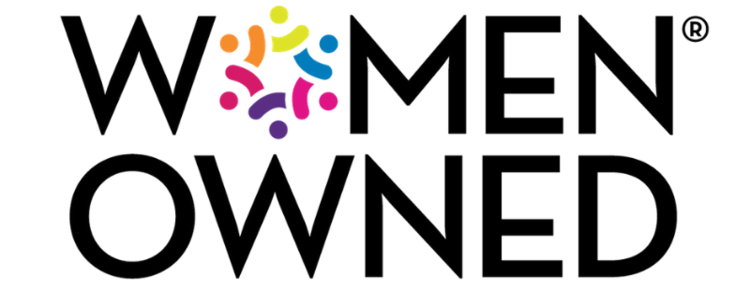Writer Anne Lamott once said of her writing friends: "Not one of them writes elegant first drafts. All right, one of them does, but we do not like her very much." The truth is, all of us can benefit from giving our writing a second (or third, or fourth) pass. But where do you start when you might not even know the difference between editing and proofreading? And what about revisions?
Here's a quick guide to taking your work from its first rough draft through the polishing process.
- Revise if necessary. Re-envision your project. This is the stage to look at issues affecting your work on a structural level. Is it organized correctly? Does it contain all the information or arguments it needs to educate or persuade? Does content need to be added or removed?
- Edit. While revision looks at structure and functionality, editing comes down to prose and style. To make a building metaphor, if revision concerns basic architecture, editing looks at siding and paint. Is there a consistent message tone throughout? Do sentences flow and are they logical? Reading the document aloud can help in this stage. Often our ears and tongues can catch awkward phrases our eyes skip.
- Proofread. In our building metaphor, this is where you caulk the cracks and sand any rough edges. The difference between editing and professional proofreading is that while editing is a matter of style and diction, proofreading looks at the specific technical details of a work. Are words misspelled? Is the formatting correct for the type of document? Is the punctuation correct? You don't want to let a transposed period slip by, like thi.s (Looks horrible, doesn't it?)
A well-polished work may not call attention to its craft, but an error draws attention in a jarring and negative way. So, while work in revision, editing, and proofreading may seem invisible, they're quite necessary to achieve a professional standard of work.
To read more about crafting quality documents, or to enroll in one of our classes, contact Hurley Write, Inc .


